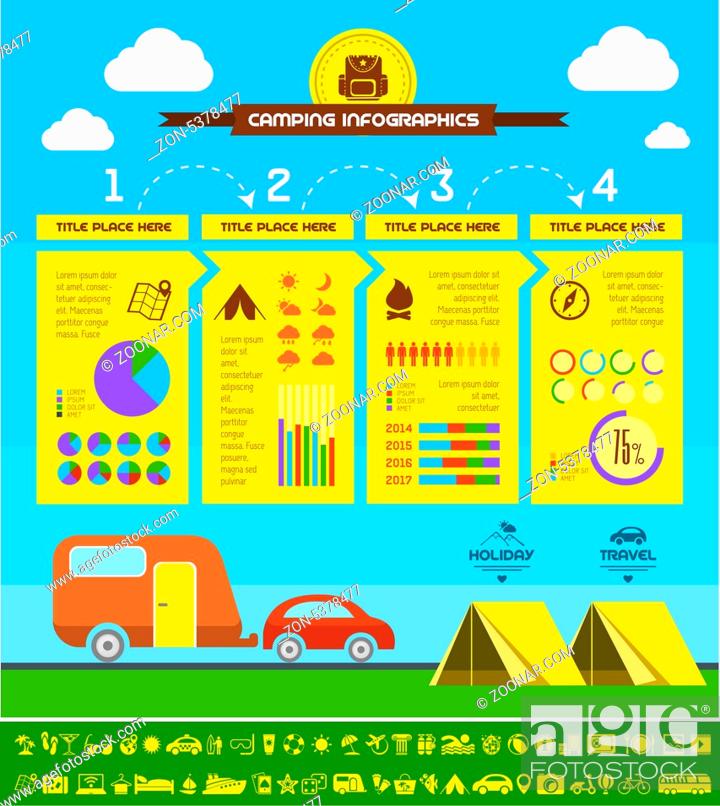Endless Possibilities By Selling Camping Tents Via The Web
Endless Possibilities By Selling Camping Tents Via The Web
Blog Article
Does Your Backpacking Tent Need a Footprint?
A footprint is costly and adds extra weight to your backpack. It likewise isn't especially long lasting.
What is included in glamping?
Eventually, whether or not a camping tent footprint is required depends upon where and exactly how commonly you're camping. As a whole, it's an excellent concept to utilize one if you camp on unpleasant surface areas or in damp conditions.
Camping Tents with Lower Deniers and Water Resistant Scores
Tents with lower deniers and waterproof rankings often tend to be lighter, yet they can likewise be a lot more vulnerable. They may need more regular repair work and have less interior space than harder versions. If you're an informal backpacker that suches as to travel fast and light, this might be fine; nonetheless, even more seasoned hikers know that sacrificing durability can come with large effects down the route.
The denier and water resistant score of a camping tent's canopy, rainfly, and flooring can aid you establish its livability. Try to find higher-denier materials on the canopy and rainfly, along with taped joints that assist stop water from leaking through stitches. Some manufacturers also make use of warm and sealant during construction to develop a more powerful seam; these are called welded joints.
The livability of an outdoor tents can likewise be identified by its floor measurements and ability. A tent's flooring must be somewhat smaller than the impact to stop water from merging under the shelter.
Tents in Rough Surface
Lots of backpacking tents consist of an impact developed specifically for their version, which assists ensure a correct fit and safeguards the tent's base from dampness and sharp items. Other manufacturers market global footprints that can be reduced or folded up to match a camping tent's dimensions.
The sort of surface you'll encounter is an additional crucial consideration for choosing an outdoor tents. For example, if you'll be camping in a canyon or gully, look for a sanctuary that can manage strong winds. These problems produce disturbance that can make the distinction between appreciating your campground or suffering pain.
The capability and optimal elevation of a tent offer you a great idea of its livability, yet extra variables to take into consideration include vestibules (the area of the rainfly covering the doors) and general storage space. As an example, during our winter months testing of the Marmot Tungsten, its charitable 93-by-82-inch floor easily managed four perspiring backpackers and their puffier shoulder season resting bags while still leaving ample area for gear and individuals.
Tents in Damp Conditions
Even if your outdoor tents canvas tents appears completely dry, wetness lurks in the nooks and crannies. In time, it can degrade the textile. That's why it's so essential to take advantage of day of rest to deep-clean your tent and its parts, such as zipper linings, risk loops and flexible webbing bands.
Also, make certain to pitch your tent in a level area, not a divot or concave place, so that ground water does not collect between the tent flooring and impact or tarp. And if you're using an impact, think about a custom-cut one developed for your outdoor tents's floor plan. It will not accumulate rainwater the means a common ground cloth or tarp can.
Practice setting up and taking down your camping tent at home prior to you hit the road, to get a feel for just how rapidly and successfully you can do it. Also, method surveying your outdoor tents in different surfaces to see just how simple it is (or isn't) to do in bad climate condition.
Tents in High-Rise Situations
Outdoors tents range in floor dimension and livability. For instance, a big outdoor tents with dual doors and vestibules like Marmot's Tungsten can deal with 4 backpackers without requiring gymnastics to enter and out or to store gear.
The minimal trail weight spec is the most effective spec to contrast models, as it consists of the bare basics: tent body, rainfly and posts. Yet keep in mind that the specification leaves out tent stakes, man lines and things sacks.
The majority of backpacking tents can stand up to a light summer season storm, however some can be swept away by gale-force gusts. Seek a model with strong posts, an elevated bathtub-style floor and seam taping to decrease the opportunity of water permeating through. Pricier styles additionally tend to feature more powerful products that can resist the influence of particles and other pressures.
How long will a canvas tent last?
